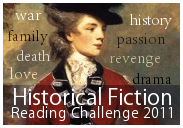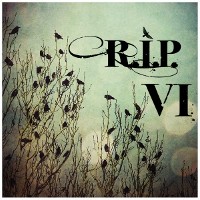[amazon_image id=”0062073486″ link=”true” target=”_blank” size=”medium” class=”alignleft” ]And Then There Were None[/amazon_image]I had to give up on Neil Gaiman’s [amazon_link id=”0060557818″ target=”_blank” ]Neverwhere[/amazon_link]. I gave it longer than I typically would, but I kept finding excuses not to read it. For whatever reason, it just wasn’t doing it for me, and I love him as a writer. I am typically unable to put his books down. One of the excuses I made to put down Neverwhere was that I wanted to read Agatha Christie’s [amazon_link id=”0062073486″ target=”_blank” ]And Then There Were None[/amazon_link] after seeing the Doctor Who episode featuring Agatha Christie.
If you are not familiar with the book, it is the story of ten strangers, all lured to Indian Island under different pretenses. Once they arrive, they find their host has been delayed. They also find a nursery rhyme “Ten Little Indians” framed in their room. After their evening meal, Mr. Rogers, the butler, plays a recording, as he has been instructed to do by his employer. The recording accuses each of the ten visitors, including Mr. and Mrs. Rogers, of murder. In each case, the accused was able to wriggle out of a murder charge. One by one, the guests are murdered in a fashion that eerily resembles the disappearance of each Indian in the nursery rhyme. Each time one of them is murdered, one of the little ceramic Indians decorating the dining room table is smashed or disappears.
First, I managed to avoid spoilers for this book, so I really didn’t know how it went and thus was completely surprised. I thought I had figured out what was going on, but I was wrong. I have to give Agatha Christie respect for a tightly plotted mystery. Where the novel falls short, however, is characterization. I didn’t feel I knew any of the characters, and in the beginning, I had trouble keeping them straight. They were not distinct enough. I would have liked the opportunity to get to know them a bit better. The lack of characterization makes the characters feel more like chess pawns than human beings. I didn’t feel anything when one of them died; rather, I kept turning pages to see who would go next and how the rhyme would be interpreted in their death.
Rating:
























